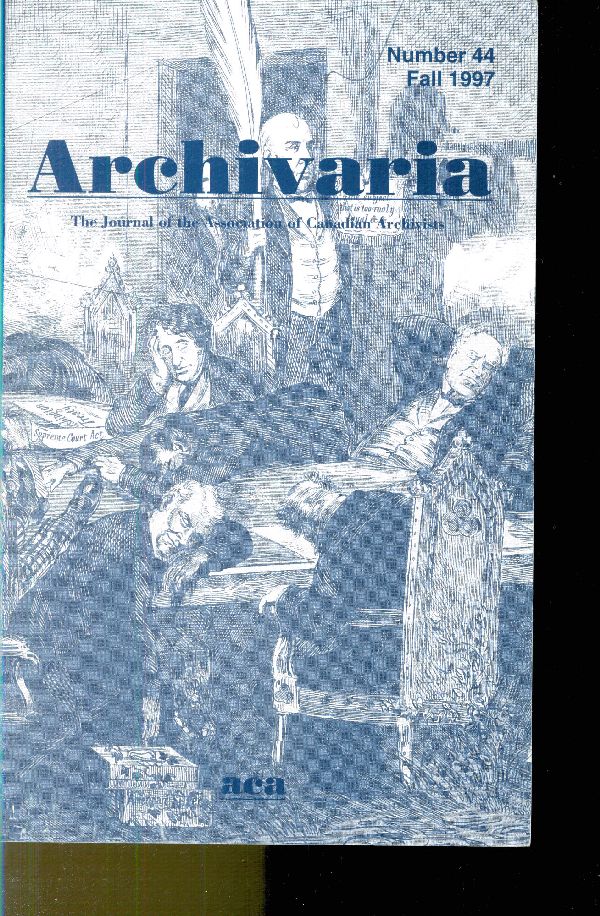Death of a Renaissance Record-Keeper: The Murder of Tomasso da Tortona in Ferrara, 1385
Abstract
Beginning with a description of the murder of an Italian record-keeper at the hands of an angry mob in the late fourteenth century, this essay explores the historical background of official records destruction during the Renaissance, looking beyond its fundamental purpose as the logical outcome of a bureaucratic process purely of administrative-juridical ethos. Using the example of the chancellery of Ferrara under the Este princes circa 1350-1500, it first exposes a record-keeping regime which was susceptible to all manner of bribery, corruption, and political intrigue, leading to the creation, falsification, and destruction of official documents for many reasons other than the preservation of the "public truth" following established principles and procedures. From another perspective, the essay also places records destruction in a socio-cultural context as an integral part of the annual festivities of the ceremonial city, which eventually witnessed the invention of three special public rituals of records destruction associated with significant religious commemorations. By establishing this broader socio- cultural and political background for record-keeping and records destruction, some recent archival interpretations of the medieval and early modern historical past are challenged, and questions are posed about their relevance to the theory and practice of contemporary archivy.
RÉSUMÉ
S'ouvrant sur le récit du meurtre d'un chancelier italien aux mains d'une foule en colère à la fin du xive siècle, cet essai explore les fondements historiques de la destruction officielle de documents à la Renaissance en allant au delà de son objet comme aboutissement logique d'un processus bureaucratique de nature purement administrative et juridique. À l'aide de l'exemple de la chancellerie de Ferrare à l'époque des princes d'Este (circa 1350-1500), l'article présente d'abord un régime de gestion de documents susceptible de recourir à diverses formes de corruption et d'intrigue politique donnant lieu à la création, à la falsification et à la destruction de documents officiels pour toute raison exceptée celle reliée au maintien de la « vérité publique » sur la base de principes et de procédures bien établis. D'autre part, l'essai replace la destruction des documents dans un contexte socioculturel comme partie intégrante des festivités annuelles d'un cérémonial urbain qui donnera lieu à la création éventuelle de trois rites publics particuliers de destruction des documents associés à d'importantes commémorations religieuses. En dressant ce vaste arrière-plan socioculturel et politique de la gestion et de l'élimination des documents, on remet en question certaines interprétations relatives à l'histoire des archives à l'époque médiévale et au début de l'ère moderne tout en cherchant à mesurer leur pertinence pour la théorie et la pratique archivistique contemporaine.
Authors of manuscripts accepted for publication retain copyright in their work. They are required to sign the Agreement on Authors' Rights and Responsibilities that permits Archivaria to publish and disseminate the work in print and electronically. In the same agreement, authors are required to confirm that "the material submitted for publication in Archivaria, both in its paper and electronic versions, including reproductions of other works (e.g. photographs, maps, etc.) does not infringe upon any existing copyright." Authors of manuscripts accepted for publication retain copyright in their work and are able to publish their articles in institutional repositories or elsewhere as long as the piece is posted after its original appearance on archivaria.ca. Any reproduction within one year following the date of this agreement requires the permission of the General Editor.





